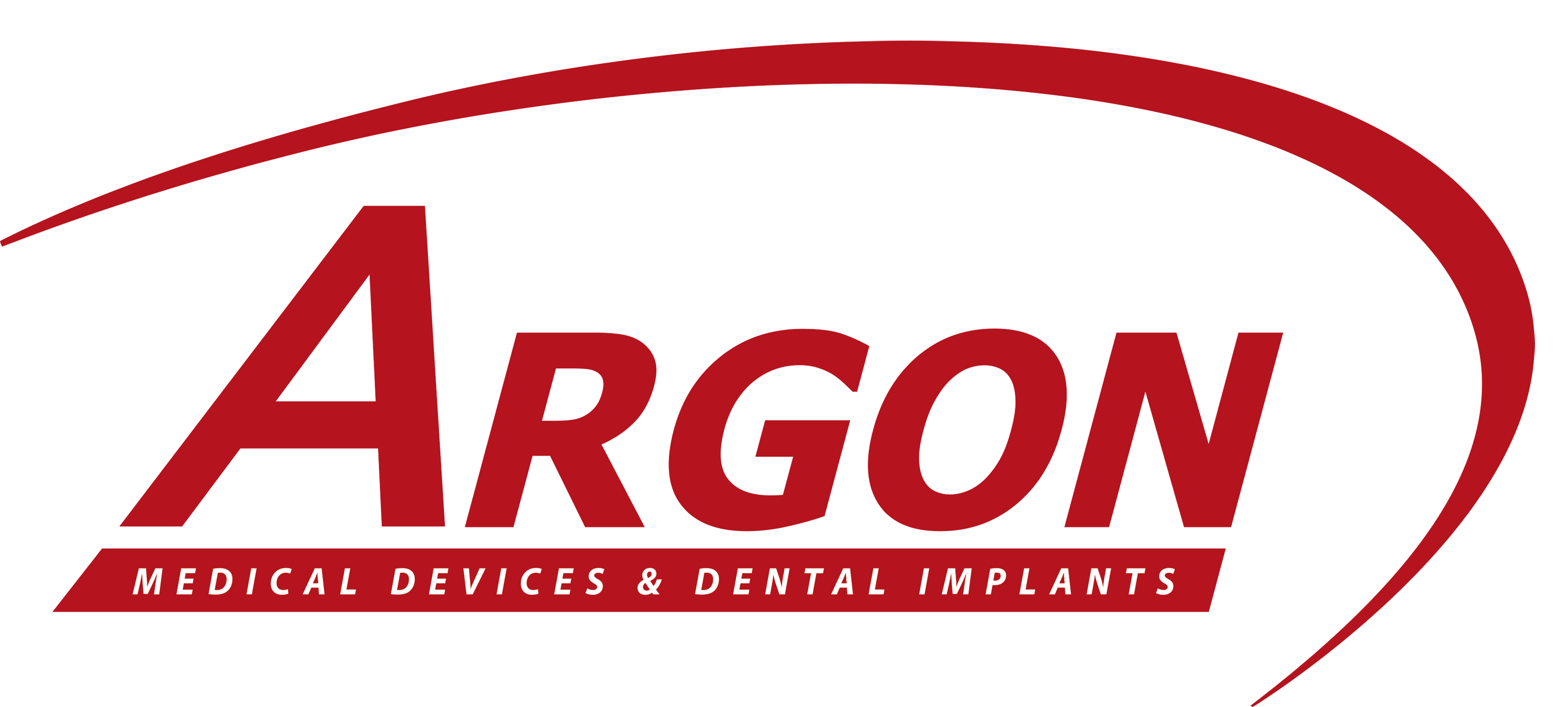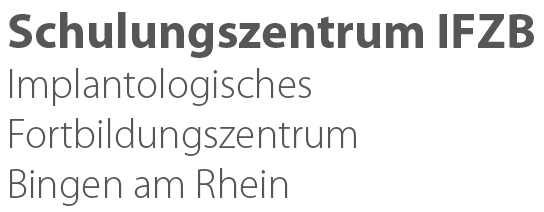About
The X-ray products from Group subsidiary Ray were successfully launched in German-speaking countries in 2014. The new Alpha Plus CBCT-OPG combination unit is now following. While the RAYSCAN Alpha impresses specialist implantology practices with its brilliant CBCT images in the medium to large-volume range, the Alpha Plus goes even further: starting from a maximum volume of 12 x 10 cm, freely scalable, smaller FOVs of up to 3 x 4 cm are possible. And this with optimized positioning thanks to "Guiding Light" and in resolutions of up to 70 µm. These are the best possible conditions, not only for implantology diagnostics, but also for periodontology and endodontology. For orthodontics, the optional FRS equipment with One-Shot or CdTe technology is a key component. As the manufacturer of the K3Pro® implant system, Argon attaches great importance to data compatibility for the digital workflow in navigated implantology. Samsung RAYSCAN delivers this in optimum quality.
In order to provide medical training and education for doctors and surgeons from all over the world, a dedicated training center was opened at the Bingen site in 2015. These ultra-modern and technically sophisticated facilities offer space for groups of up to 30 participants. The training measures are based on close cooperation with leading universities. Through existing cooperation with the University of Frankfurt, the University of Witten, the University of Bonn and the University of Cologne, renowned professors lead the training courses at the training center. University lecturers ensure that the high standards of medical training are met. The training program includes material and specialist training as well as surgical training with live operations. The live surgeries, which are carried out in parallel to the training courses, take place in the adjacent user training rooms. The surgical procedures on the patient are transmitted to the training room via video and accompanied and explained by the lecturers.
My Ti-Base now solves everyday problems where other abutments reach their limits. The highlight is the highly esthetic variable angulation of the hybrid abutment from the deepest point of the gingiva. My Ti-Base also offers bonding bases with a wide angle for all common implant systems from a new perspective - both from an esthetic and mechanical point of view. My Ti-Base is a system family with highly innovative members for a wide variety of abutment solutions.
The Osteograph is a precision pantograph for the production of three-dimensional transplants. The Osteograph makes it possible to dispense with time-consuming adjustments and modeling of allogenic transplants ("self-milling"). At the same time, the risk of an imprecise fit is minimized. In this minimally invasive procedure, the block is produced first and then the procedure is performed on the patient.
At our DVT center, we offer a state-of-the-art, three-dimensional X-ray procedure - digital volume tomography. This method enables a three-dimensional view of the facial structures. As a result, precise planning of the subsequent prosthetic restoration is possible for the planned treatment. The CBCT image is required, for example, for the computer-assisted insertion of dental implants. The procedure ensures a gentler, safer and more precise surgical intervention and significant time savings. The imaging of the teeth as well as the maxillary sinuses and sinuses can be realized in a previously unknown resolution and expands the diagnostic possibilities.
Argon now offers dental surgeons a fully template-guided drilling system for implantology that is designed for implants with a diameter of 3.0-6.0 mm. This drilling system makes the future placement of implants absolutely precise and low-risk in terms of location, depth and angle, and is based on a DVT X-ray image previously taken of the patient's jaw. The resulting DICOM data set is processed using manufacturer-specific software in conjunction with the K3Pro® data sets to create an exact drilling template for placing the implants. The protocol supplied for this purpose is equipped with technical data, application notes and implant type designations - practically an exact blueprint for the treating doctor and user. This combination of digitized CBCT data, processing by the manufacturer-specific software and the compatible data sets of K3Pro® make the placement of K3Pro® implants a plannable and highly precise process that enables immediate loading of the implants and direct restoration of the previously fabricated abutments and prostheses.
The same applies to the new short implants in lengths of 5.5 and 6.5 mm (for diameters from 4 mm), which can be splinted or used as a single tooth replacement. Thanks to the newly created compressive and tensile load, they effectively support the reconstruction and long-term preservation of the bone. With its solutions, K3Pro® offers a complete range for demanding implantology, not only for standard cases but also for the most unusual indications.
K3Pro® implant with self-tapping thread design and conical implant body. The implant can still be changed in direction after drilling. The cutting thread and the cutting groove allow controlled placement of the implant. Rapid implants are suitable for all indications and offer ideal primary stability, especially in the upper jaw. The implant is ideally suited for a restoration with RapidFix, whereby the implants must be guided in the correct direction. The sloping shoulder and the subcrestal insert enable tight bone closure and a low emergence profile from the sulcus.
This ensures long-term bone and papilla preservation.
Although less well known to the public than organ transplants, treatments using human donor tissue help more than 1 million people in Europe every year. Doctors use donated tissue from the human musculoskeletal system to replace bones, tendons and ligaments that have been damaged by tumors, accidents, joint diseases or for other reasons. Argon cooperates with the non-profit German Institute for Cell and Tissue Replacement (DIZG) in Berlin, founded by doctors and scientists from the universities of Berlin and Erlangen, to make these transplants available to users in the oral and maxillofacial region in Germany on the basis of legal and ethical principles and in compliance with the strictest quality and safety requirements.
K3Pro® implant with compression thread design. The implant drill determines the direction of the implant. The parallel thread and the only slightly conical implant body offer an enlarged surface compared to conventional implants. Sure implants are suitable for all indications and offer ideal primary stability in all bone densities from D1 to D4. The sloping shoulder and the subcrestal insert enable tight bone closure and a low emergence profile from the sulcus. This ensures long-term bone and papilla preservation.
Since the company was founded, Pressfit implants have enriched the expanding market for technically sophisticated implants. Our basic principle right from the start: The revolutionary taper angle of 1.5 degrees, our innovation from mechanical engineering, which is equivalent to cold welding. The secret lies in the particularly long and uniform taper, which guarantees not only absolute form closure but also force closure. The convincing result: bacteria-proof, micro-movement-free and titanium abrasion-resistant thanks to the press fit, which does not require any screw connection. In addition, the implant-abutment force distribution is similar to that of a one-piece implant. We have remained true to this philosophy to this day. A special feature at that time was that the press-fit implants were only tapped, not screwed. This applied to both the insertion into the cavity and the abutment-implant connection.
The Compress implants are the first consistent further development of our system, replacing tapping with screwing. Insertion is gentler and more comfortable for the patient thanks to the screw-in method. Above all, however, Compress made life easier for prosthodontists, as the abutment is now screwed in via the internal connection for easier handling and an external hexagon enables indexing. The tried and tested 1.5 degree conical connection was retained, as it still ensures that no load is placed on the connecting screw due to the cold welding.
Since the company was founded, Pressfit implants have enriched the expanding market for technically sophisticated implants. Our basic principle right from the start: The revolutionary taper angle of 1.5 degrees, our innovation from mechanical engineering, which is equivalent to cold welding. The secret lies in the particularly long and uniform taper, which guarantees not only absolute form closure but also force closure. The convincing result: bacteria-proof, micro-movement-free and titanium abrasion-resistant thanks to the press fit, which does not require any screw connection. In addition, the implant-abutment force distribution is similar to that of a one-piece implant. We have remained true to this philosophy to this day. A special feature at that time was that the press-fit implants were only tapped, not screwed. This applied to both the insertion into the cavity and the abutment-implant connection.














